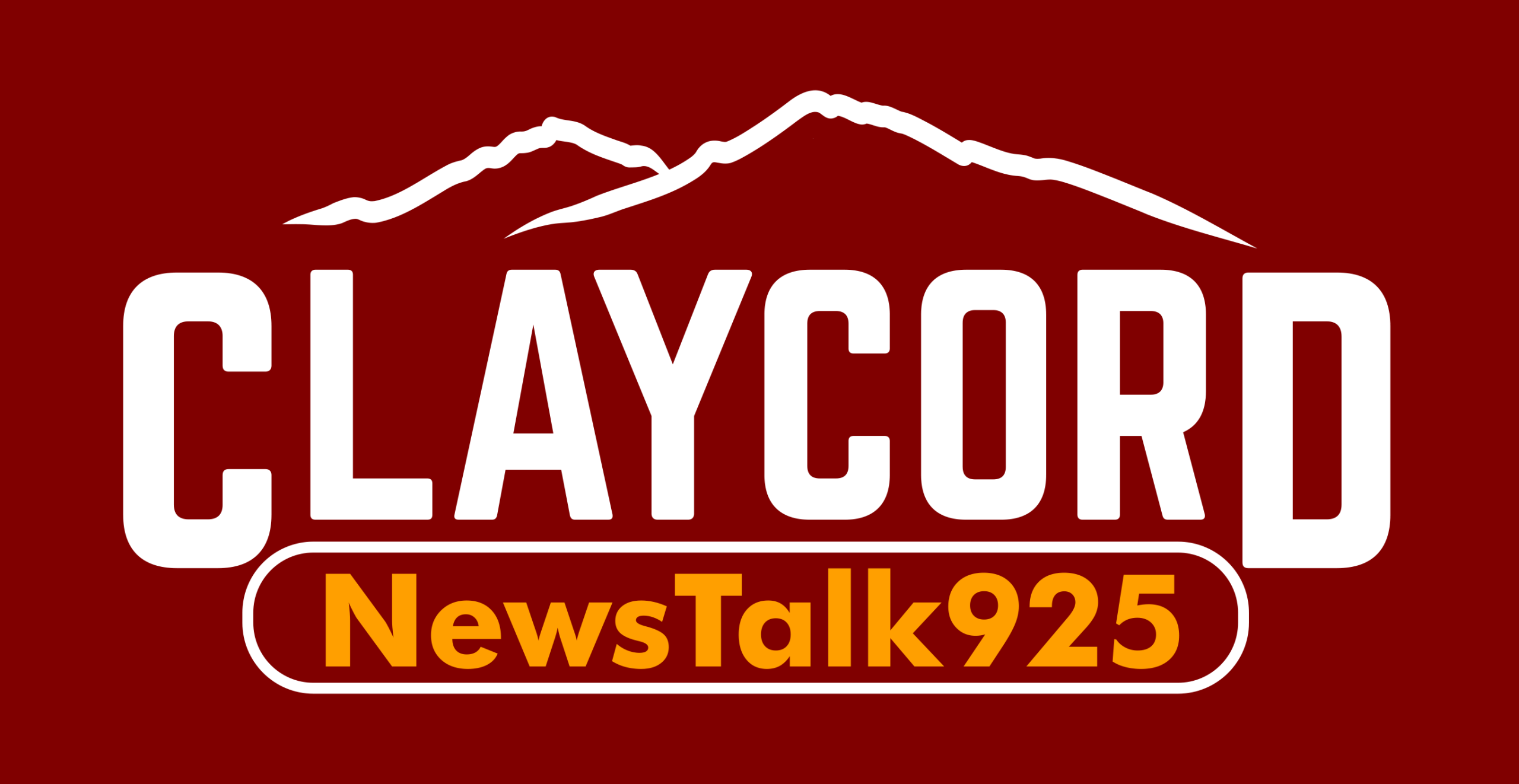by Olivia Wynkoop – For firefighters in the Bay Area, no longer are the days of mapping out evacuation zones on a paper map as a wildfire grows, frantically trying to get information out to the public before it’s too late.
Bay Area counties are beginning to adopt a third-party software system called Zonehaven, which sends out real-time evacuation information from responders to populations in pre-designated zones.
Alameda County is the latest to implement the program, kicking off a “know your zone” campaign this week. Sonoma, Marin, Napa, Lake, San Mateo, Santa Cruz, Santa Clara and Contra Costa counties and San Francisco’s Presidio also signed contracts with the service this year.
Evacuation plans are based off of geography, traffic congestion, weather and other factors. During an emergency, residents can look at the map to gain insight on where a fire is headed, how fast it’s moving and how to get out if need be.
Steve Sickler, head of field operations for Zonehaven, says it’s been especially useful to help first responders evacuate across multiple counties. In last year’s CZU Lightning Complex Fire, Santa Cruz, Santa Clara and San Mateo counties used Zonehaven to evacuate more than 70,000 people in five days.
“It’s a single platform that can be used across agencies and jurisdictions. So how that helped in the CZU fire, Cal Fire, local sheriff’s deputies and police and local fire were all looking at our platform, looking at our website together, being on the radio or on cellphones,” Sickler said. “They were deciding together what zones need to be evacuated, and they did that in minutes, and once they did that, they agreed one person gets on the platform … and it goes.”
Jonathan Cox, deputy chief of Cal Fire’s San Mateo County division, says the platform’s integration with local mass notification systems, GPS services like Waze and social media has reduced the time it takes to get the word out to the public. Since last fall, the county has urged residents to “know their zone” by taking note of their zone number for the next potential evacuation.
“Zonehaven was created as a direct result of the fires over the recent years. Without Zonehaven evacuation planning can take time and are sometimes difficult to communicate with the public,” Cox said.
Sickler says counties began to implement the program from word of mouth as the first responder network is closely connected during the wildfire season. One fire official from Sonoma County gave Zonehaven’s CEO a call during the Glass Fire for help, and within 24 hours the program created zones to work from based off of the county’s pre-existing alert services.
“They started using the product right away to figure out how to evacuate the next the next group of people that need to be evacuated,” Sickler said. “What’s also interesting is Sonoma already had some zones, Napa already had a website, and we were able to bring in Sonoma zones and publish our evacuation alerts to other websites.”
And as for funding, each county is either backed by federal homeland security grants, state money or non-profit assistance. For example, while Alameda County is using money from the Federal Emergency Management Agency, Napa County relies on money from the Gordon and Betty Moore Foundation and the Napa Valley Community Foundation.
Sickler says smaller counties depend more on non-profit funds this year than the larger counties, but the prices can be attainable as Zonehaven expenditures are implemented in county budgets.
“We try to keep our prices at a place where it’s easy for people to implement because really, what we’d rather do is make less money and save more lives,” Sickler said. “Our pricing is based on tiers and it’s based on population. It’s in the pennies per person annually, it’s not in the dollars.”
Now that the program is in place, the next step for fire officials is encouraging the public to utilize it. In the past, counties have seen only 20 to 30 percent of residents signing up for local alerts from other services, according to Sickler.
“Make sure all your phone numbers are in that system, so when it’s an evacuation or warning, it’s ‘ready, set, go,'” Sickler said.
The Contra Costa County Fire Protection District looks forward to the collaborative efforts Zonehaven brought between local first responders, according to district spokesman Steve Hill.
“We are hopeful this project will result in considerable improvements in how fire and law agencies work together to plan and implement evacuations, especially in the wildfire-prone portions of our district,” Hill said.
“We’re confident that the digitization of what is currently a much more manual process can deliver significant benefits for the communities we serve.”
Oakland Fire Chief Reginald Freeman said that not only is he looking forward to Zonehaven bridging the gap between public safety agencies, but also between first responders and the community.
“Whether it’s a fire, an earthquake, or another type of major emergency, it’s critical that every Oakland resident knows their zone and is ready to easily receive and act on the information and guidance being provided by first responders,” Freeman said.
Residents in the Bay Area can visit community.zonehaven.com to see what zone they’re in and sign up for emergency alerts.

